It happens to every gardener eventually: life gets in the way of the garden. CurrentYear() is my year for it and I have no excuses*. While much of the north garden is kicking out zucchini by the barrel, I have four raised beds and a fifth in-ground bed that lie neglected. Grass grows between the beds and weird little vines grow in them, smothering neglected tomatoes and green beans. The basil has gone to seed, unharvested. It’s time to make a recovery, but how?
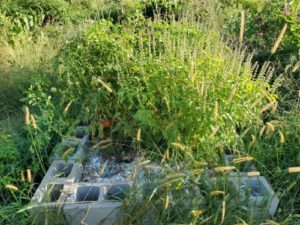
The first thing to realize is that, once your garden is too far gone, you probably have a lost crop. And it’s important to consciously accept this sunk cost because it’s easy to justify spending time and effort reviving neglected plants. Annuals are annuals. They grow, produce, and die. If you missed peak production, let them die. Or even better, let the guilt go and rip them out.
And you need to get them out asap because even though your beds may not be producing tomatoes, they are producing something: weeds, grasses, and bugs. Building up your bank account is good. Building up your seed bank is bad. And the longer you give the weeds to dump seeds into your beds, the more work you’ll do in the years to come to avoid the place you are today.
So if you find yourself in the same position, what do you do right now?
- Go scorched earth. Except for the herbs and such growing around the outside of your Lazy Man’s Raised Beds, rip everything out. Every bean, every tomato. If you have root crops, dig them up**. It’s not just seeds that have gotten into your beds, but bugs as well. You need to break up their breeding cycle. If you have a heavy insect or egg infestation, burn rather than compost.
- Put in a fall crop. Plant something completely different than what is currently growing there. Crop rotation is good. Even better is starving the young generation of cucumber beetles and squash bugs that are now emerging. Plant radishes where the tomatoes were, lettuce where the beans were. If you pull a root crop, plant a leaf crop. If you pulled a nightshade, plant a brassica.
- Plant a winter crop. If you don’t think you have time to get a spinach harvest, and don’t want to cover your beds next month, you might plant something like garlic that will start for a couple weeks before dying back. You’ll also need to weed like mad for the first couple weeks, as your winter crop is not going to give you much leaf cover. And those weeds are going to take up where they left off. Or rather, their children will.
- Mulch the whole bed. If you don’t want to plant anything, it might be best to retire the bed for this year. A good layer of cardboard, shredded paper, or shredded leaves will stop the growth until you can make a proper recovery in the spring. Just know that the longer you let it go, the longer your recovery will take.
For myself, I’ve also got to add a robust weed barrier on the ground between the raised beds – the woodchips I tried for this year were not nearly enough to keep the growth suppressed. But that can wait until winter, because in that case, I’m going to keep anything from growing in that area. For now, I’ve simply mowed it down and covered it with cardboard.
Life happens, and it gets in the way of your garden. This is especially true when your garden is a hobby rather than a necessity. But the days are coming when gardening again becomes more than a way to while away some time in the sunshine. So it’s best to tame it today, lest you find yourself feverishly wrestling with that beast when it truly matters.
*Reasons that some of you are aware of, but they are not excuses.
** Unless they are a week or two from “normal” harvest, then you might show a little mercy.

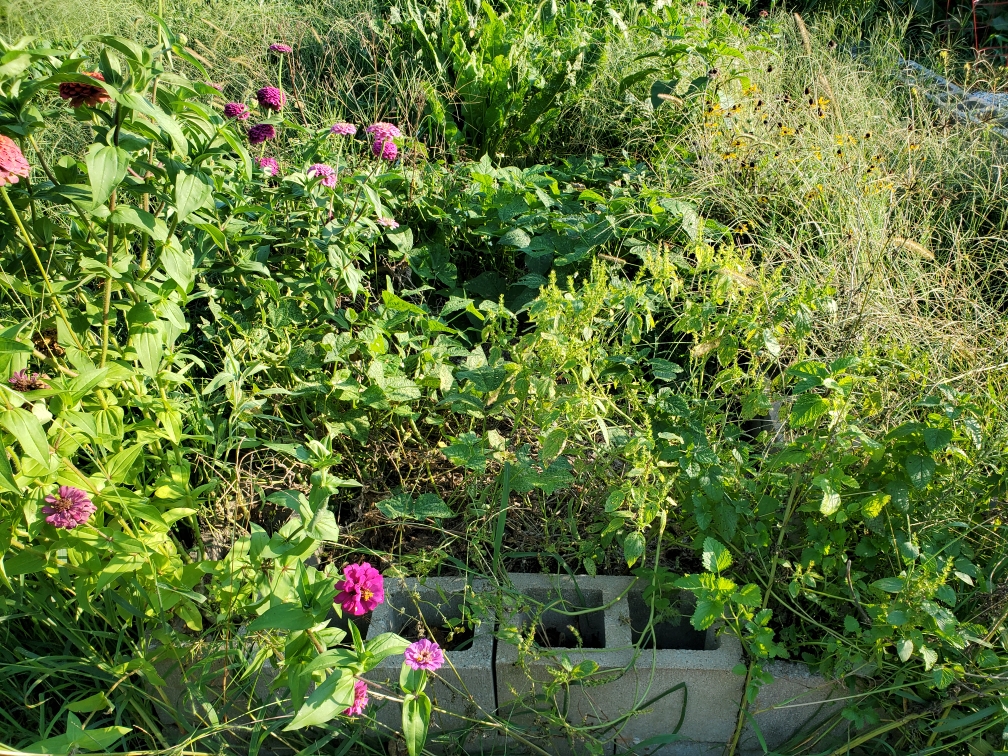



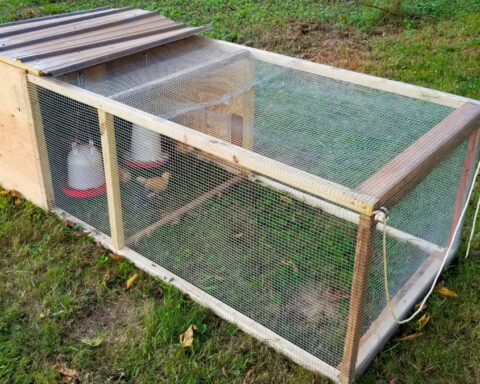
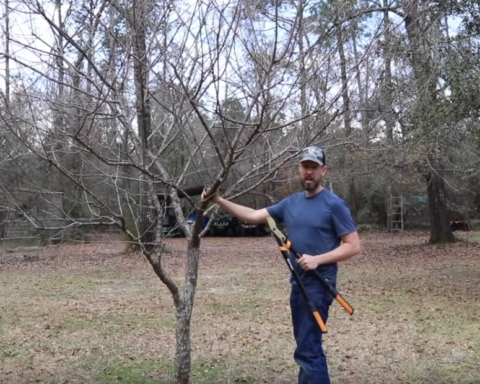
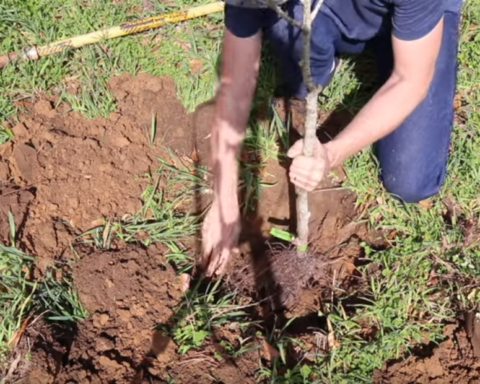
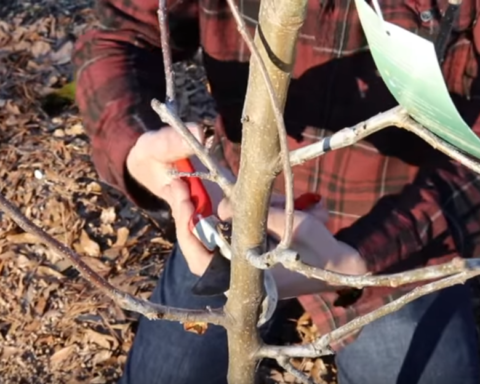
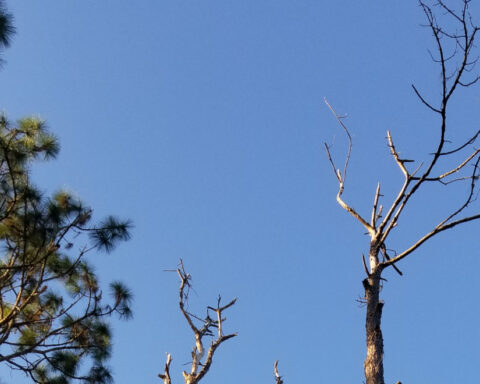
Just out today pulling weeds and yanking spent plants. My garden really got away from me this year. Too hot and humid most of the summer for me to spend much time out there. It’s hell getting old. For the first time ever I put in some fall crops a few weeks ago which I’ve never done before. Cabbages, radishes, daikon and kohlrabi. The garlic won’t be planted until around Halloween. That seems to be about the perfect time here in Southwestern PA. At least I do that every year. My main variety has been Polish White for about 5 years now. Nice, big heads and cloves plus they seem to keep practically forever. Georgian Fire is a close second……….
I plant Douganski. It’s not as big a bulb as many, but it stores well and I really like its intense flavor.
I’ve got a couple more beds to empty, as I have a few tomatoes that might be salvageable if I cut down the basil instead of yanking it out. But we shall see. Spinach and romaine and radishes are ready to go in their place…
5